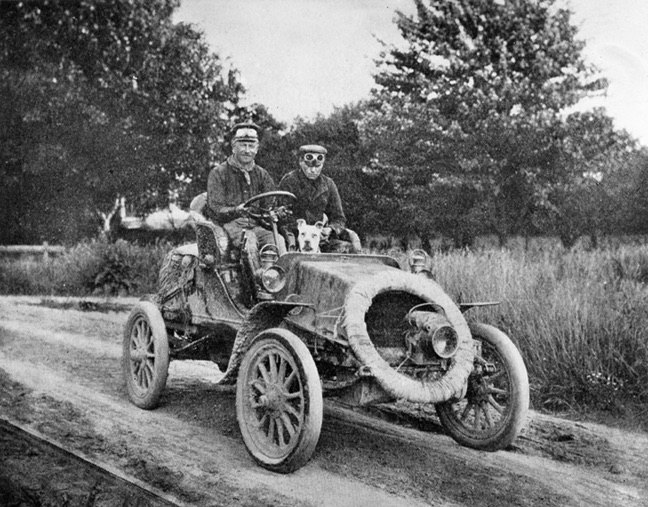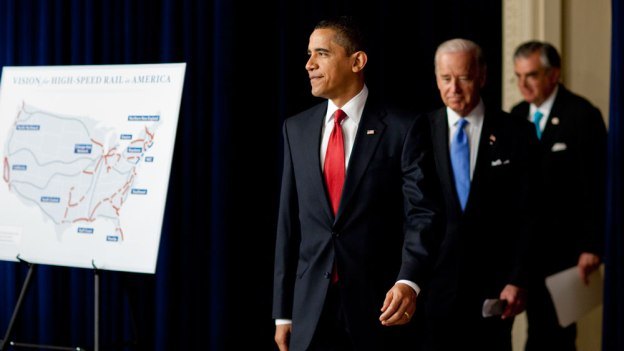#Vermont
America's First Road Trip: How a $50 Bet and a Dog Got a Nation on the Move
by Richard A. Ratay
The first noteworthy attempt to drive across America began as many ill-advised feats do — on a bet. While visiting California in 1903, a 31-year old doctor named Horatio Jackson accepted a friend’s invitation to join him for a drink at San Francisco’s University Club.
It’s there, over a cocktail — or likely several — that Jackson found himself in debate with another gentleman on the topic of whether automobiles, then just beginning to appear on city streets, were merely a passing fad. An enthusiastic admirer of the new contraptions, Jackson passionately argued that cars were nothing less than the future of transportation.
In fact, Jackson boldly asserted, automobiles were already so rugged and reliable he could drive a car clear across the country back to his home in Vermont.
Follow the High-speed Rail Money: $8 Billion and 6 Years Later
The year is 2010. Hope and Change still lingers in the air. The water in Flint, Michigan is passably safe to drink. And Donald Trump doesn’t have a single pledged delegate to his name.
This year saw $8 billion from the $831 billion American Recovery and Reinvestment Act of 2009 (ARRA) appropriated to dozens of so-called “high speed rail” projects across the country. The projects were said to be “shovel-ready” — and some were — but many are still ongoing, er, creating jobs today.

















Recent Comments